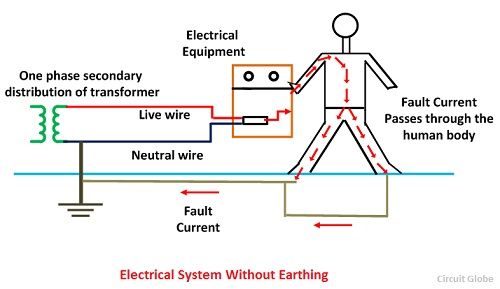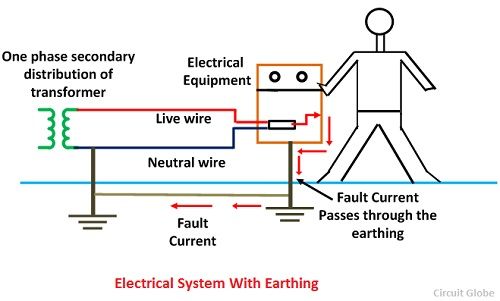Electrical Earthing Fully Explained
Probably one of the most important safety aspects of an Electrical system is correct earthing (or grounding) throughout the installation. Knowing why and what things need to be earthed is not always clear and I often have to explain to my customers why things need to be earthed and the potential dangers of not having the correct earth system in place.
What does the earth wire do?
Earth wires within your Electrical system usually connect all switches, sockets and any other parts back to where the mains supply and Consumer unit or fuse board is. This will then connect to the mass of earth or ground either by a method provided by the Electric supplier, or onsite of your property. The basic function of connecting everything to Earth is to ensure that should a fault occur, any electrical fault current will flow down the earth wire and blow the fuse or breaker to disconnect the supply. Electricity is always trying to find its way to the the ground (think lightening!). The path to earth provided by the installed earth wires should always be of a lower resistance than any alternative paths which may become present under a fault, such as through a persons body through their feet to the ground they are stood on. This means that should something go wrong with the wiring, the electricity will always ‘prefer’ to take the path down the earth wires as this is the easiest route to earth.
Lightening is what happens when Electricity generated in the sky finds its way to earth. Although a lot less dramatic, electricity within your property is also trying to find its way to earth.
Which Electrical parts require Earthing?
There can be many factors which can determine this, but put simply any metal or conductive parts of your Electrics (such as a metal case of a kitchen appliance or metal light switch), which could become live due to a fault must be connected to earth. If a metal casing or a metal switch is not earthed, this can be a huge electric shock risk. One example of this which I see working as an Electrician is decorative metal light switches. If these are not earthed correctly and a live wire comes loose and touches the metal plate, the metal switch plate becomes live, waiting to give the next person who switches on the light a potentially harmful electric shock. If the switch were correctly earthed as soon as the wire touched the metal the electric would blow the protective breaker and disconnect the supply. Unfortunately the lights would not work until an Electrician had repaired the problem, but this is a much preferred scenario to touching a live switch!
To ensure your Electrics are safe and have the correct earthing system installed make sure you always use a qualified, competent Electrician for any work and have an Electrical Condition Report safety check when required (every ten or five years for a domestic property).


